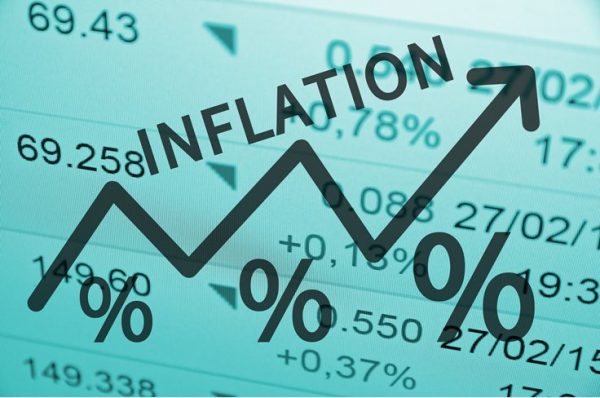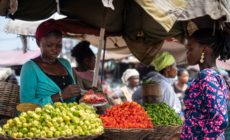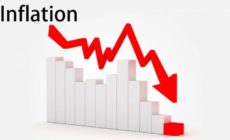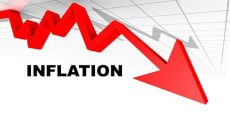The margin of increase indicates that interest rates might not change.
According to figures, the monthly change rate for February 2018 was 0.9 percent, meaning that the general price level went up by 0.9 percent between January 2018 and February 2018.
The monthly change rate recorded for January 2018 was however 1.4 percent.
The food inflation rate for February 2018 was 7.2 percent compared with 6.8 percent recorded in January 2018.
However, the non-food inflation rate for February 2018 was 12.2 percent compared with 12.0 percent recorded in January 2018.
Within the food group, six sub-groups recorded inflation rates higher than the group’s average of 7.2 percent. They were fruits; coffee, tea and cocoa; vegetables; mineral water and soft drinks; meat and meat products and food products.
Within the Non-food group, four sub-groups recorded inflation rates higher than the group’s average of 12.2 percent. They included transport and clothing and footwear.
The inflation rate for imported items was 12.1 percent in February 2018 as against 11.8 percent recorded in January 2018.
The inflation rate for locally produced items was therefore 10.0 percent in February 2018, compared with 9.7 percent recorded in January 2018.
For the regions, Upper West and Brong Ahafo regions recorded the highest inflation rates of 11.7 and 11.4 percent respectively. Upper East region however recorded the least inflation of 8.1 percent. Greater Accra and Ashanti regions recorded inflation rates of 11.2 and 11.1 percent respectively.
Meanwhile, the Bank of Ghana is optimistic of achieving its inflation target of 8±2 percent in 2018.
Inflation inches up to 10.6%
- Posted on
- Comment
 Year-on-year inflation inched up by 0.3 percent to 10.6 percent in February 2018, the Ghana Statistical Service has revealed.
Year-on-year inflation inched up by 0.3 percent to 10.6 percent in February 2018, the Ghana Statistical Service has revealed.
By Augustine Amoah










 (Selorm) |
(Selorm) |  (Nana Kwesi)
(Nana Kwesi)